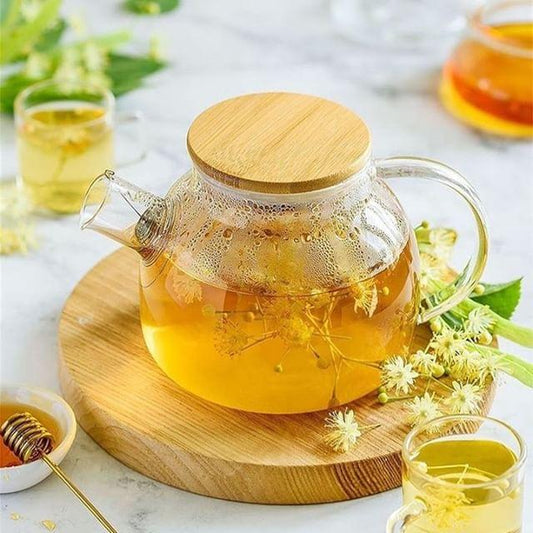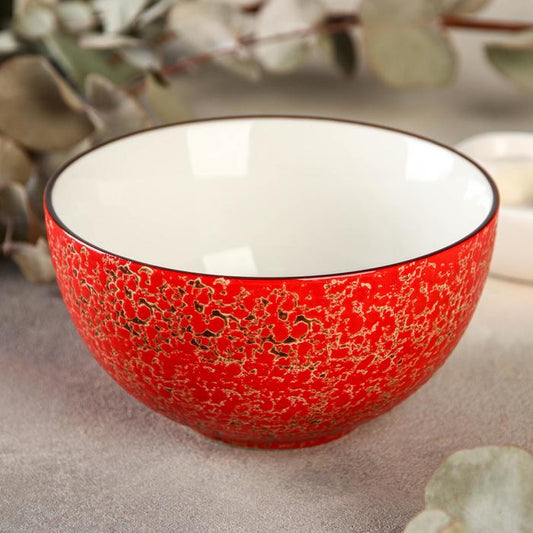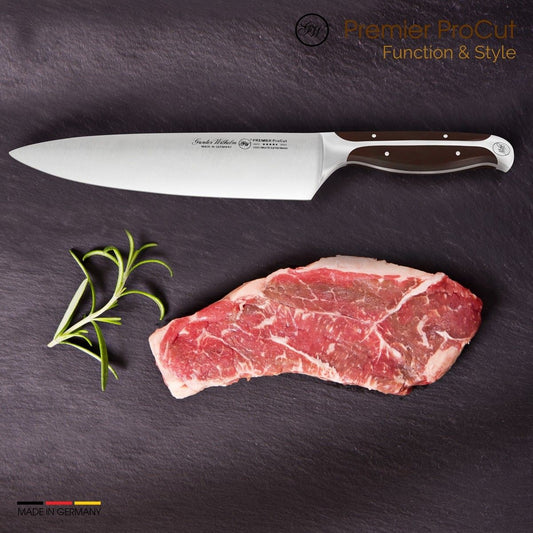African Supergrains: Fonio, Teff & Sorghum Redefining Health-Focused Dining

While quinoa had its global moment, a new wave of African supergrains is taking the spotlight. Fonio, teff, and sorghum — ancient crops cultivated for thousands of years — are stepping into the modern dining scene. Packed with protein, fiber, and micronutrients, and resilient to harsh climates, these grains are nutritious, sustainable, and versatile. In 2025, they’re not just pantry curiosities — they’re redefining what it means to eat well.
🌱 Fonio: The Ancient “Miracle Grain”
Cultivated in West Africa for over 5,000 years, fonio is often called the “grain of the hungry” because of its quick growth and adaptability.
Nutritionally, it’s a powerhouse: rich in amino acids, iron, and fiber, and naturally gluten-free. Chefs love its light, fluffy texture — somewhere between couscous and quinoa.
From fonio porridge at breakfast to grain bowls and even gluten-free baked goods, fonio is finally getting its international debut.
🍞 Teff: Ethiopia’s Tiny Giant
If you’ve ever eaten Ethiopian injera, you’ve tasted teff. This tiny grain is high in protein, calcium, and resistant starch — making it both filling and gut-friendly.
Beyond injera, teff flour is now trending in gluten-free baking, from pancakes to brownies. Its slightly nutty, earthy flavor makes it a chef’s favorite for creating wholesome but flavorful dishes.
Fun fact: teff is so small that a handful contains thousands of grains, giving it a unique texture in both sweet and savory recipes.
🌾 Sorghum: The Climate Hero
Sorghum is one of the world’s most climate-resilient crops. Thriving in drought conditions, it requires minimal water and still delivers a high yield.
Used as a staple in Africa and India for centuries, sorghum is now making waves in global health markets. You’ll find it in popped snacks, porridges, grain bowls, and even gluten-free beers.
Rich in antioxidants, B vitamins, and iron, it’s a nutritional rival to quinoa — but far more sustainable.
📈 Why These Grains Matter
- Nutrition: High in protein, fiber, and micronutrients
- Sustainability: Thrive in poor soils, use little water, and resist climate stress
- Gluten-free appeal: Perfect for modern health-conscious and celiac-friendly dining
- Culinary versatility: Suitable for porridges, breads, bowls, snacks, and desserts
🌍 Global Adoption
Restaurants worldwide are embracing African supergrains:
- New York & London – trendy cafés serving fonio bowls and teff pancakes
- Berlin – Ethiopian restaurants spotlighting teff and injera on modern menus
- L.A. – wellness brands selling sorghum-based granola and energy bars
What was once niche is rapidly becoming mainstream health dining.
😂 Quinoa, Who?
Remember when quinoa was exotic? Now it’s as common as rice. Fonio, teff, and sorghum are poised to follow the same trajectory — only with more climate-friendly credentials and a cultural depth that diners are eager to explore.
❓ FAQs About African Supergrains
Are they expensive?
Currently pricier than rice, but costs drop as supply chains expand globally.
Are they hard to cook?
No — most cook like rice or couscous, and teff flour works like any other gluten-free flour.
Do they taste good?
Yes — fonio is light and fluffy, teff is nutty, and sorghum is slightly sweet. They adapt well to many cuisines.
🥣 Final Bite
The rise of fonio, teff, and sorghum isn’t just another health fad — it’s a move toward sustainable, nutrient-dense, and culturally rich dining. These African supergrains prove that the future of food doesn’t need to be invented in a lab — sometimes it just needs to be rediscovered.
In 2025, the next big health trend isn’t new at all — it’s ancient, African, and delicious.
Share:





